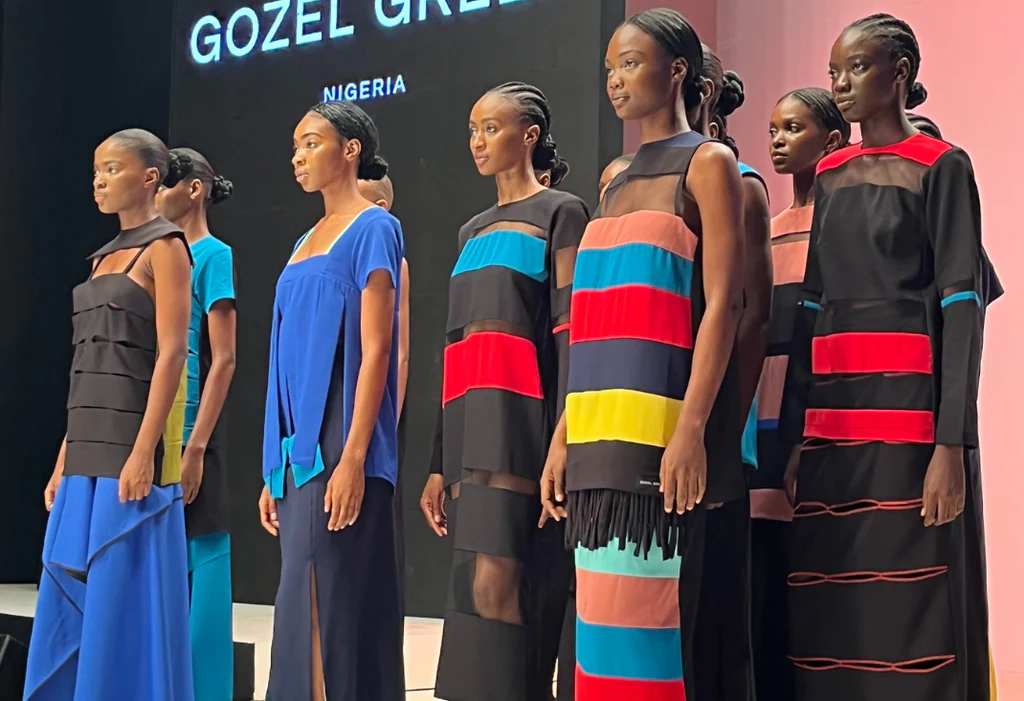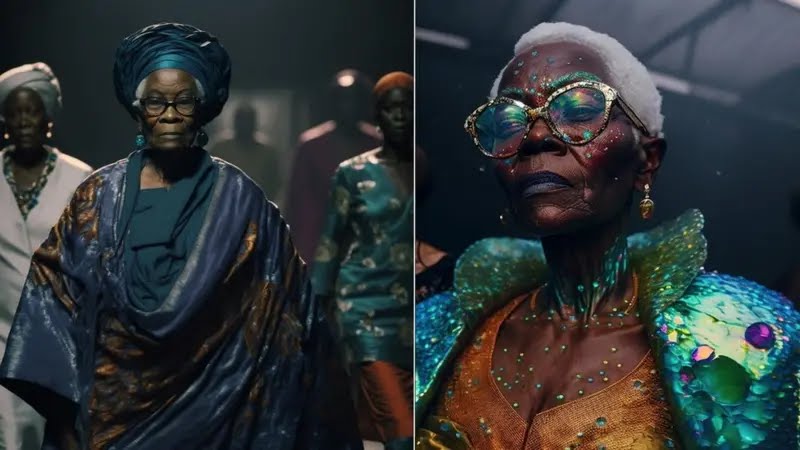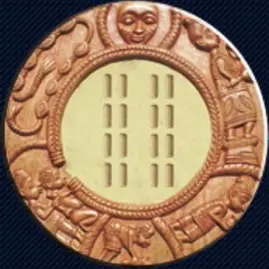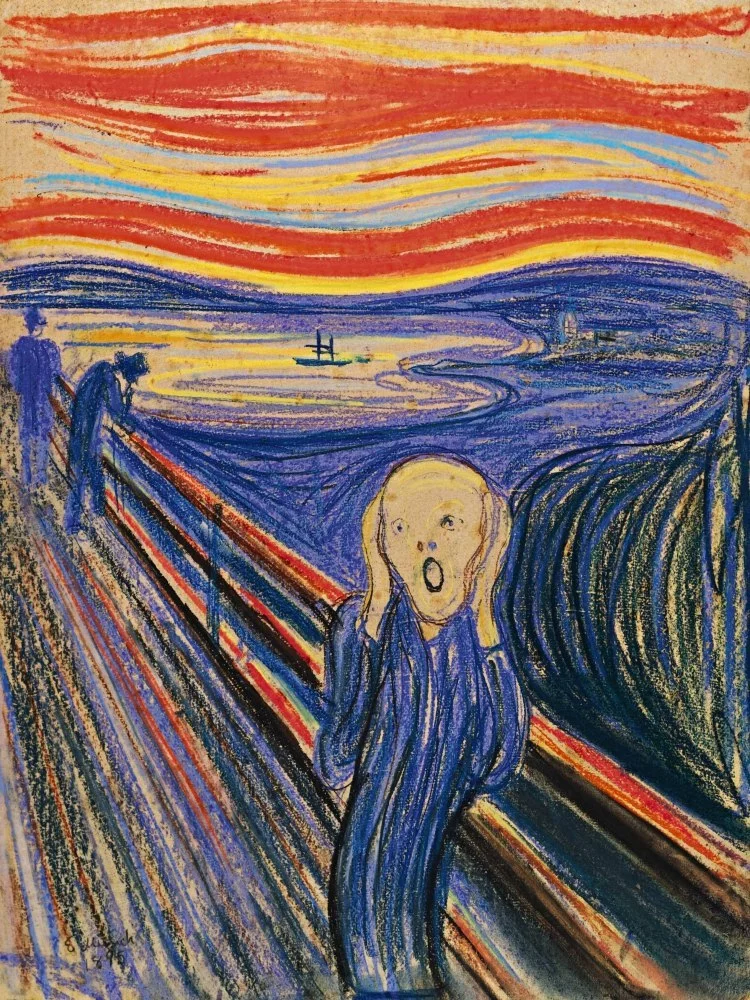
‘Adire’ fabric, a traditional textile art form originating from Southwest Nigeria, has seen a remarkable resurgence in recent days. Known for its intricate designs and vibrant colours, ‘Adire’ has captured the attention of fashion designers, interior decorators, and art enthusiasts worldwide.
This rich cultural heritage, rooted in centuries of craftsmanship, has found a new lease of life in contemporary fashion and design trends.
The word ‘Adire’ derives from the Yoruba language, with ‘adi’ meaning to tie and ‘re’ meaning to dye. The fabric is created using a resist-dyeing technique, where certain parts of the cloth are tied or stitched to create patterns, preventing the dye from reaching those areas. The resulting designs are unique and visually striking.
Traditionally, ‘Adire’ fabric was made by Yoruba women in Nigeria for personal use or as a valuable commodity for trade. The process involved intricate steps, beginning with the selection of high-quality cotton fabric. The fabric was then treated with cassava paste or starch to create a barrier that resisted the dye. Artisans would use tools like sticks, broom bristles, or even their fingers to carefully apply the dye, ensuring precision and detail in the patterns. After dyeing, the fabric was washed and sun-dried, revealing the mesmerising designs.
In recent years, there has been a growing interest in reviving traditional art forms, and ‘Adire’ has taken centre stage in the global fashion and design industry. Renowned designers and brands have incorporated the fabric into their collections, infusing a sense of cultural appreciation and uniqueness into their creations. The versatility of ‘Adire’ fabric allows it to be used in various forms, including clothing, accessories, home furnishings, and even contemporary art installations. So, it is common to see different people wear adire fabric in different ways. It can be sewn as a two piece shorts and top, gown, skirt, and anything that catches your imaginative style.

One of the significant reasons behind the popularity of ‘Adire fabric’ is its sustainability and eco-friendliness. The use of natural dyes derived from plants and minerals, coupled with the artisanal production process, aligns with the increasing demand for ethical and environmentally conscious products. ‘Adire’ fabrics are often handcrafted, supporting local communities and preserving traditional skills passed down through generations.
The appeal of ‘Adire’ lies not only in its aesthetic beauty but also in the narrative it carries. Each design holds meaning, often influenced by cultural beliefs, historical events, or personal stories. Adire fabrics can be a powerful medium for cultural expression and a means to connect with the rich heritage of the Yoruba people.
Moreover, the resurgence of Adire fabric has had a positive socio-economic impact on local communities in Nigeria. Artisans who were at risk of losing their traditional skills due to modernisation and globalisation are now finding new opportunities and recognition. The growing demand for Adire has led to the establishment of cooperatives and organisations that support and empower these talented artisans.
In addition to its cultural significance and sustainable appeal, ‘Adire’ has also become a symbol of fashion-forwardness. Celebrities and fashion influencers have embraced the fabric as a style statement, proudly donning outfits made from this unique fabric. Its vibrant colours and intricate patterns add a touch of elegance and individuality to any wardrobe, making it a popular choice for both formal and casual attire.
The fabric’s resurgence in recent days is a testament to the power of heritage and artistry. It serves as a reminder of the beauty found in traditional craftsmanship and the importance of preserving cultural identities. As we continue to appreciate and embrace the art of Adire, we contribute to the legacy of the Yoruba people and celebrate the diversity of our global artistic heritage.












